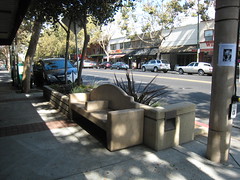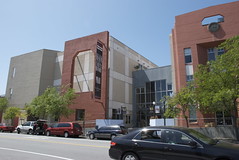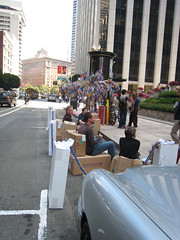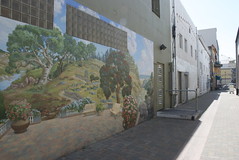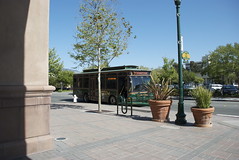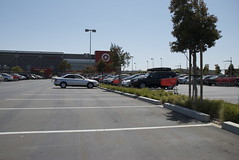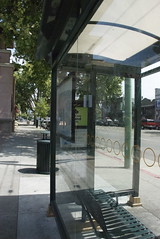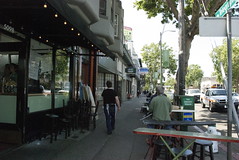 I've been working on two transit related projects, lately. (Thanks to the hope of Stimulus money). One of the biggest questions facing the cities that transit resides in, is whether to go underground or above ground. The forces of the economy seem to suggest that above ground options are more feasible. However, underground means that the experience of the city, at-ground-level, is more continuous and human scaled.
I've been working on two transit related projects, lately. (Thanks to the hope of Stimulus money). One of the biggest questions facing the cities that transit resides in, is whether to go underground or above ground. The forces of the economy seem to suggest that above ground options are more feasible. However, underground means that the experience of the city, at-ground-level, is more continuous and human scaled.The options, so often program is allocated in plan, are often to put the tracks side by side with the other uses intended to benefit or support the station. If we think vertically, there is the possibility of more connection within a smaller footprint.
Designboom is a website that looks at many aspects of design from industrial to interior to civic. There are some wonderful images of underground stations throughout the world that can serve as inspiration for thinking bigger.




